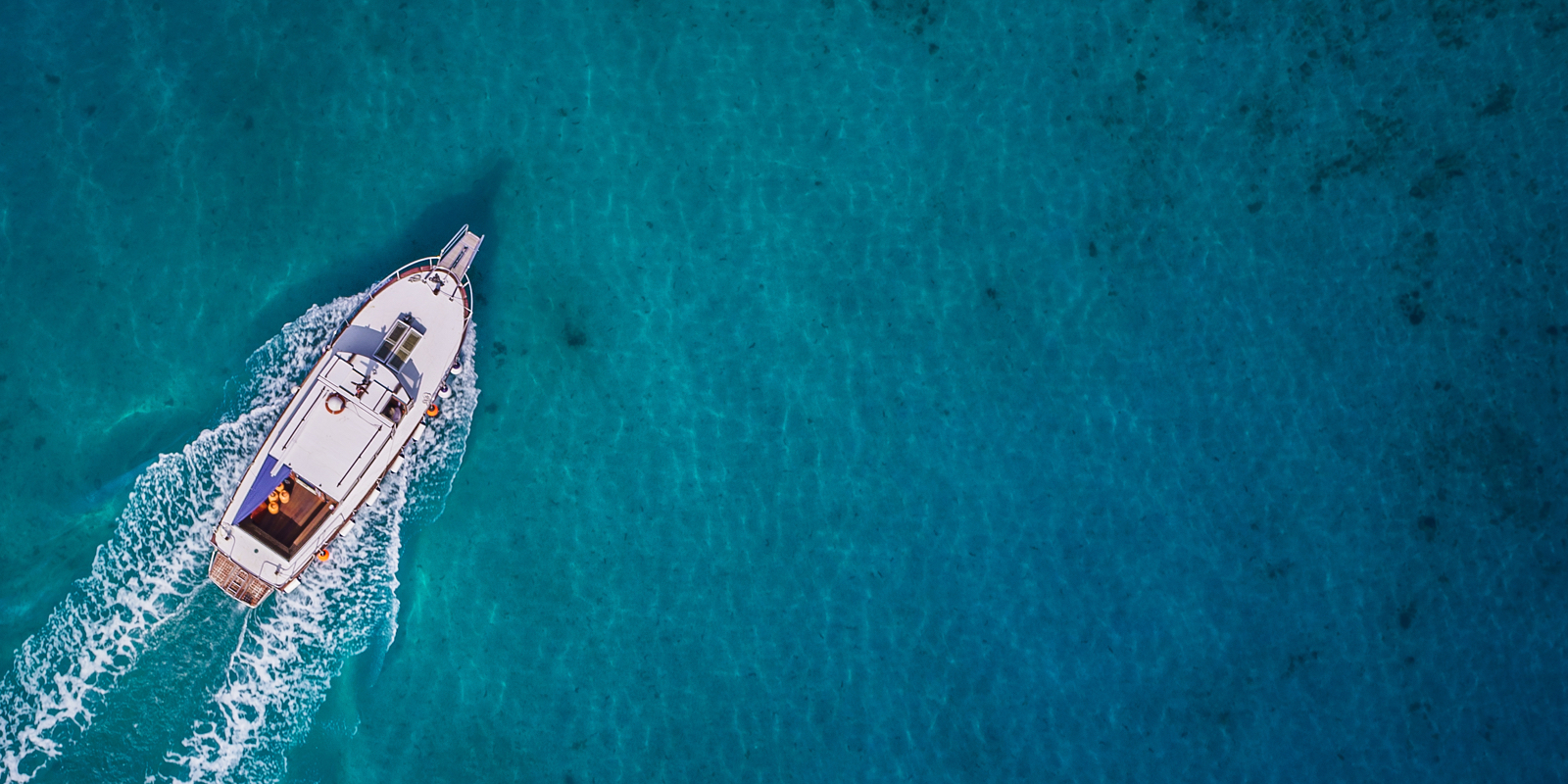LINE HONOURS
When you put the words sailing and racing together so many images come to mind as it can mean something different to every person on the water. Why do we sail? Is it the love of the sport or the competitive side of the sport? Do you enjoy the physical or mental side of competing at a high level?
Sailing is about finding the type of racing that will best suit you, from twilight events to ocean racing. It is also about the friendships to be made. The bonds made between skipper, crews and fellow competitors are solid. It is about the feeling when you get back ashore as you share your race day with those around you.
Racing is not just about big boats, professional sailors and large budgets. It is about being on the water, the freedom, fresh air, competitive spirit and the friends you make for life. You can sail at Club, State, National, International and Olympic level or just go for a sail and enjoy your time on the water.


